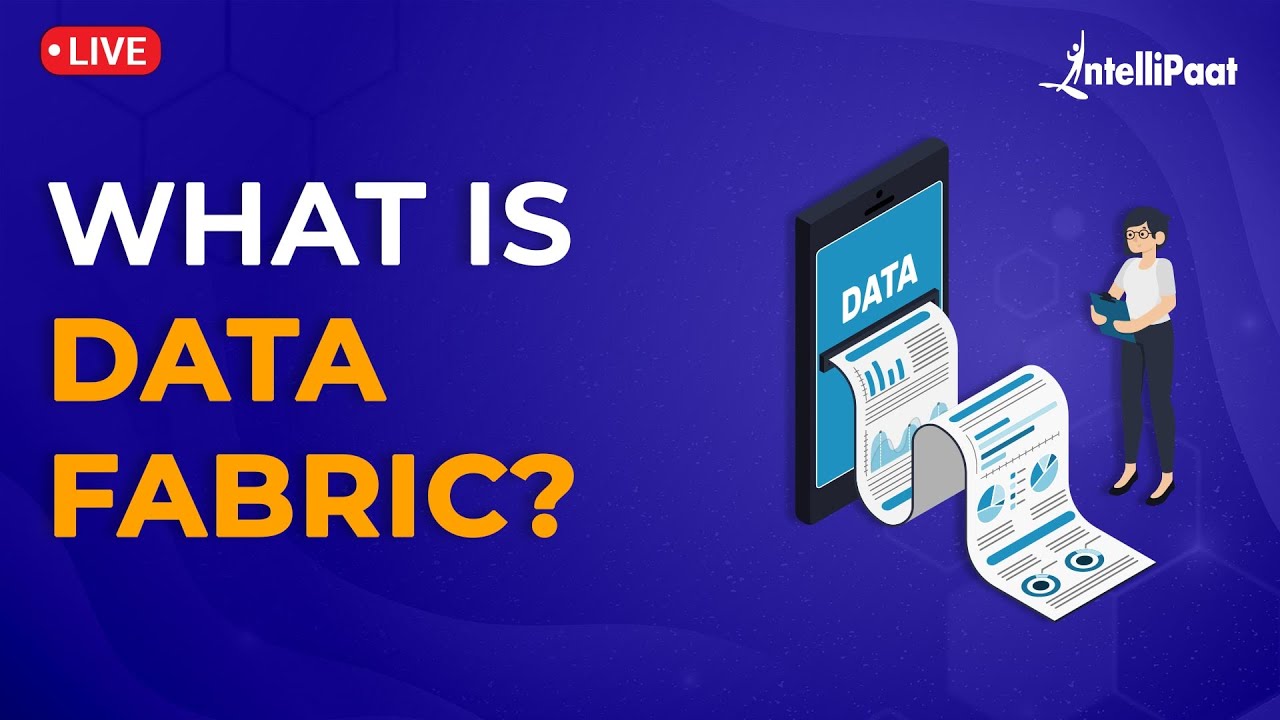To Realtime or Not? | Get to know Cloud Firestore #10
Summary
TLDRThe video explores the benefits and functionalities of Cloud Firestore's real-time database capabilities, encouraging developers to embrace real-time data synchronization instead of relying on one-time fetches. It explains how listeners work, ensuring developers understand data handling and potential cost implications. The speaker addresses common concerns, such as battery usage and data consumption, and emphasizes the importance of treating the database as the source of truth. Ultimately, the video advocates for defaulting to real-time listeners to enhance user experience while acknowledging scenarios where one-time fetches may be preferable.
Takeaways
- 😀 Real-time updates in Cloud Firestore provide a more dynamic user experience compared to traditional database methods.
- 🚀 Cloud Firestore simplifies the process of one-time document fetches, making them easier to implement.
- 🔄 When using listeners, the initial fetch returns all requested data, while subsequent updates send only the changed documents.
- 💰 Developers are only charged for documents that actually change, not for the full set sent in updates.
- 📊 Listeners should be used to manage local data, while changes should be written directly to the database to keep data in sync.
- ⚡ Keeping an open connection for real-time listeners is generally not a significant battery drain compared to the amount of data downloaded.
- 🛑 It's important to deactivate listeners when they are not needed to conserve battery and data usage.
- 🌐 Real-time listeners improve performance in areas with poor network coverage by providing immediate cache data.
- 🤔 Consider using one-time fetches in scenarios where real-time updates may disrupt user engagement, like reading content.
- 🎯 The default approach should be to use real-time capabilities, switching to one-time fetches only when there is a compelling reason.
Q & A
What are the primary concerns developers have regarding realtime databases like Cloud Firestore?
-Developers often have concerns about the complexity of organizing their apps around realtime updates and potential issues with battery usage and costs.
How does Cloud Firestore handle updates to documents in realtime?
-When a document is updated, the client receives only the changed data, but the listener will return the entire set of documents, allowing the application to display the full context without special handling.
Why might developers be worried about the pricing model of Cloud Firestore with realtime updates?
-Developers might think they are charged for every document returned in a listener callback, but they are only billed for the specific documents that have changed.
What is the role of a listener in Cloud Firestore?
-A listener in Cloud Firestore is a callback function that triggers when there is new data available from the database, allowing for automatic updates in the application.
What should developers do to manage battery usage effectively when using realtime listeners?
-Developers should avoid downloading unnecessary data and deactivate listeners when they are not needed to optimize battery life and data consumption.
When is it recommended to use realtime listeners instead of one-time fetches?
-Realtime listeners should generally be the default choice, especially for applications needing immediate updates or when the user experience benefits from instant data synchronization.
What are some situations where one-time fetch calls might be preferable to realtime listeners?
-One-time fetch calls may be better in scenarios where new data could distract the user, such as reading reviews, or when dealing with high-frequency data changes that users may not care about.
How does Cloud Firestore ensure efficient data delivery when using listeners?
-Cloud Firestore sends only the changed documents over the open socket connection, reducing data usage and battery impact compared to fetching data manually multiple times.
What happens when a write operation is performed in Cloud Firestore?
-When a write occurs, it is immediately applied to the local copy of the data, and listeners are notified with the updated local data before the change is confirmed with the cloud.
How should developers think about the source of truth in their applications using Cloud Firestore?
-Developers should consider the database as the source of truth, making write operations directly to the database rather than modifying local models to maintain consistency.
Outlines

Cette section est réservée aux utilisateurs payants. Améliorez votre compte pour accéder à cette section.
Améliorer maintenantMindmap

Cette section est réservée aux utilisateurs payants. Améliorez votre compte pour accéder à cette section.
Améliorer maintenantKeywords

Cette section est réservée aux utilisateurs payants. Améliorez votre compte pour accéder à cette section.
Améliorer maintenantHighlights

Cette section est réservée aux utilisateurs payants. Améliorez votre compte pour accéder à cette section.
Améliorer maintenantTranscripts

Cette section est réservée aux utilisateurs payants. Améliorez votre compte pour accéder à cette section.
Améliorer maintenant5.0 / 5 (0 votes)






